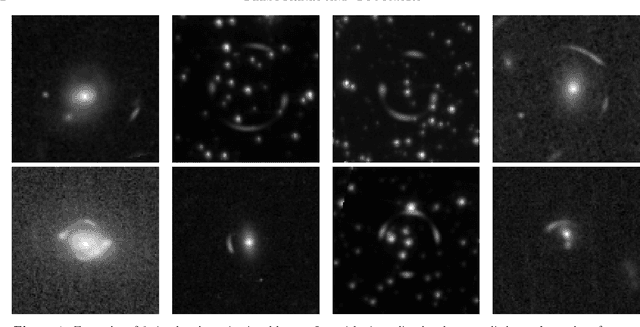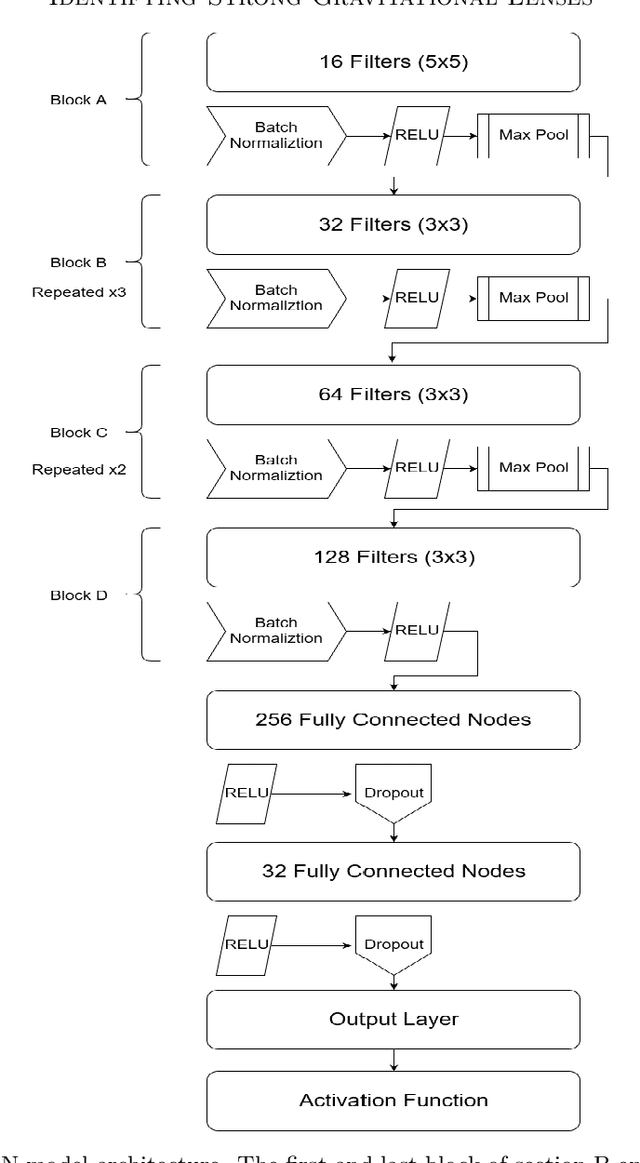Connor Bottrell
Echoes in the Noise: Posterior Samples of Faint Galaxy Surface Brightness Profiles with Score-Based Likelihoods and Priors
Nov 29, 2023



Abstract:Examining the detailed structure of galaxy populations provides valuable insights into their formation and evolution mechanisms. Significant barriers to such analysis are the non-trivial noise properties of real astronomical images and the point spread function (PSF) which blurs structure. Here we present a framework which combines recent advances in score-based likelihood characterization and diffusion model priors to perform a Bayesian analysis of image deconvolution. The method, when applied to minimally processed \emph{Hubble Space Telescope} (\emph{HST}) data, recovers structures which have otherwise only become visible in next-generation \emph{James Webb Space Telescope} (\emph{JWST}) imaging.
Comparison of Multi-Class and Binary Classification Machine Learning Models in Identifying Strong Gravitational Lenses
Feb 27, 2020



Abstract:Typically, binary classification lens-finding schemes are used to discriminate between lens candidates and non-lenses. However, these models often suffer from substantial false-positive classifications. Such false positives frequently occur due to images containing objects such as crowded sources, galaxies with arms, and also images with a central source and smaller surrounding sources. Therefore, a model might confuse the stated circumstances with an Einstein ring. It has been proposed that by allowing such commonly misclassified image types to constitute their own classes, machine learning models will more easily be able to learn the difference between images that contain real lenses, and images that contain lens imposters. Using Hubble Space Telescope (HST) images, in the F814W filter, we compare the usage of binary and multi-class classification models applied to the lens finding task. From our findings, we conclude there is not a significant benefit to using the multi-class model over a binary model. We will also present the results of a simple lens search using a multi-class machine learning model, and potential new lens candidates.
 Add to Chrome
Add to Chrome Add to Firefox
Add to Firefox Add to Edge
Add to Edge